"A combination of modernity and tradition"
Turin - the capital of Piedmont – it’s a city associated mainly with the production of Fiat cars, and for football fans - with football teams: Torino and Juventus. However, Turin is a city that combines progress and modernity as well as history and tradition.
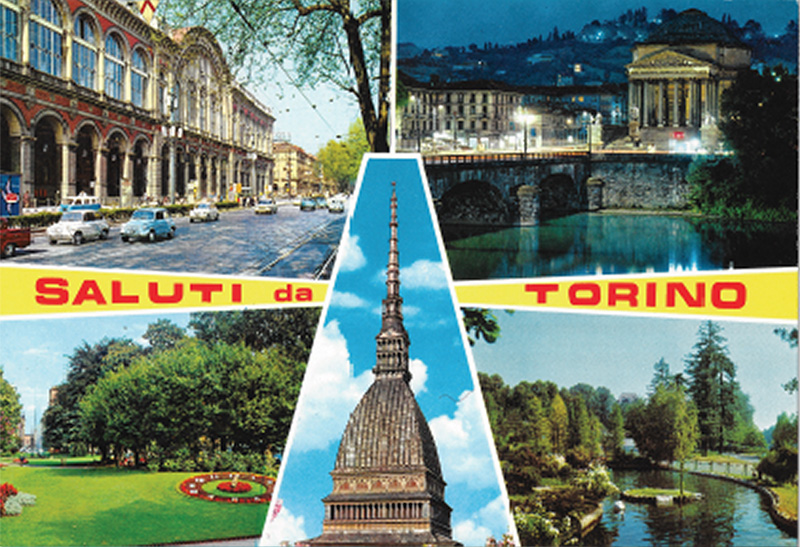
an Italian postcard
A symbol of Italy, a symbol of Turin.
Fiat is the symbol of Turin. Founded in 1899 by the Agnelli family, the factory for over 100 years gives employment to thousands of Italians. Fiat plants, in the period of the greatest prosperity, employed approx. 130,000 workers. No wonder that the late president of the group - Giovanni Agnelli used to say: "What is good for Fiat is good for Italy." Before the Second World War, the Lingotto factory that was built in the suburbs of Turin (following the Ford factory in Detroit) was the largest production plant in Europe. Not only cars were produced here, but also trucks, buses and trams. During World War 2nd, the factory was too small to satisfy the demand of the market, so a new one 10 times larger was built in Mirafiori. Unfortunately, the economic crisis of the 90s of the twentieth century negatively affected the condition of Fiat. Today, the plants employ about 16 thousand. people, and some shares of the Agnelli family went to General Motors.
Turin lives a change: something is ending, something is rising.
Today, in the disused Fiat’s plant in Lingotto, there are a hotel and a shopping centre. On the roof, where the famous Fiat racetrack was once located, you can walk and admiring the views of the alpine peaks. Next to the track (in the superstructure on the roof) is an exclusive art museum. Its collection consists of only a few paintings but the artists such as: Modigliani, Tiepolo, Balla, Matisse, Renoir or Canaletto. The interior of this "mini museum" is designed to bring the most important details of every picture out.
The Agnelli family is associated with one more brand:
"If Juventus once went bankrupt, the Turinors would still earn on its brand. Because as for practical and polite people, they are able kindly meet social orders and still have considerable money from it"- a quote taken from the Piotr Kępiński's column “Turin’s magic” (original: "Turyńska magia") "Rzeczpospolita" 23- 24.09.2017.
Juventus, the important club in the Champions League - a rival of teams such Barcelona and Real, has been ruling the Italian football for six years. The club built a beautiful object - a private stadium (one of the first in Italy), where football matches are not played, there are like spectacles and the atmosphere in this place is magic. I underline in that place that although Italian fans are famous for their hot blood, on the stadium they behave in politely way. The object is safe what is evidenced by the fact that all age categories come to matches: from the barely walking old ladies to children. Andrea Agnelli, the president of the club, is present at every match, often in a company of his mother, Allegra Caracciolo.
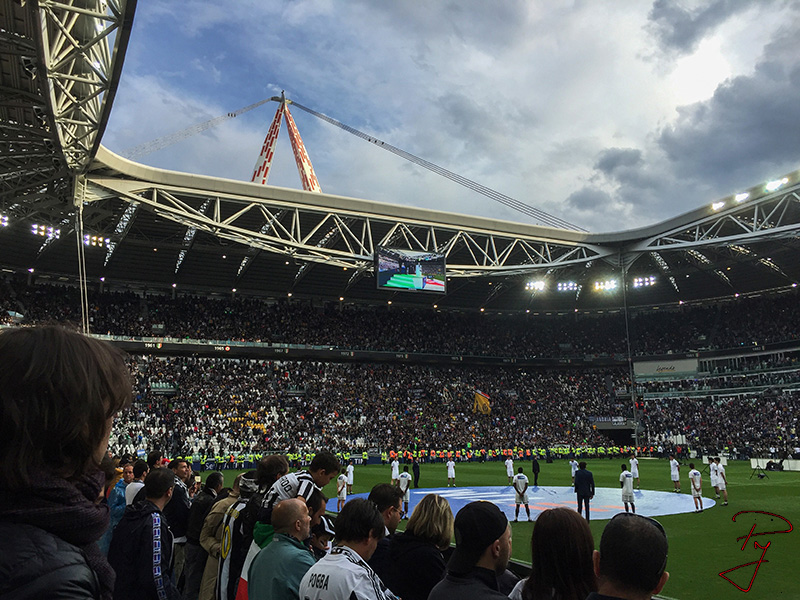
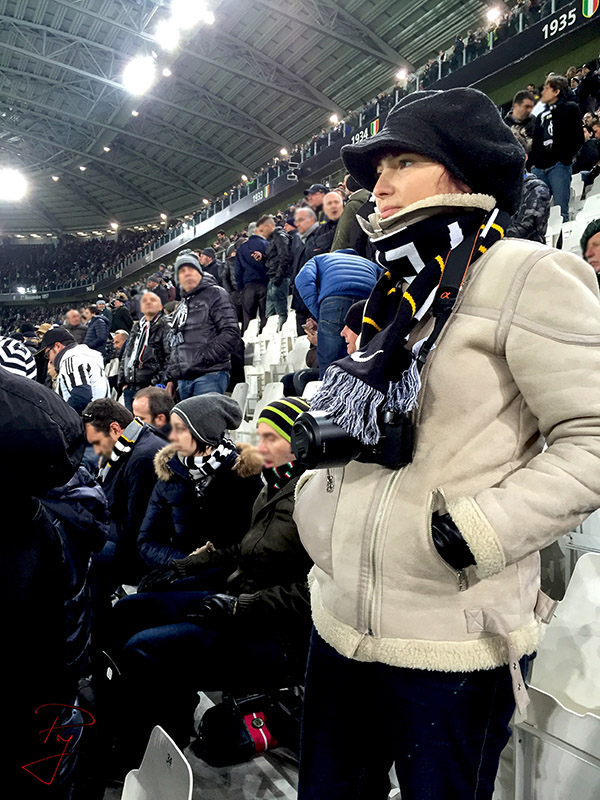
Tickets are very expensive: prices for la tribuna centrale reach up to EUR 130 (and I hope that after the last transfer of a big star they will not grow up) but it is really worth spending this money. Juventus particularly doesn’t lose on its object. Even if you don’t want to go to a match, you can visit the club's museum in the stadium building, as well as go to a club store located in a modern shopping centre, next to the stadium.
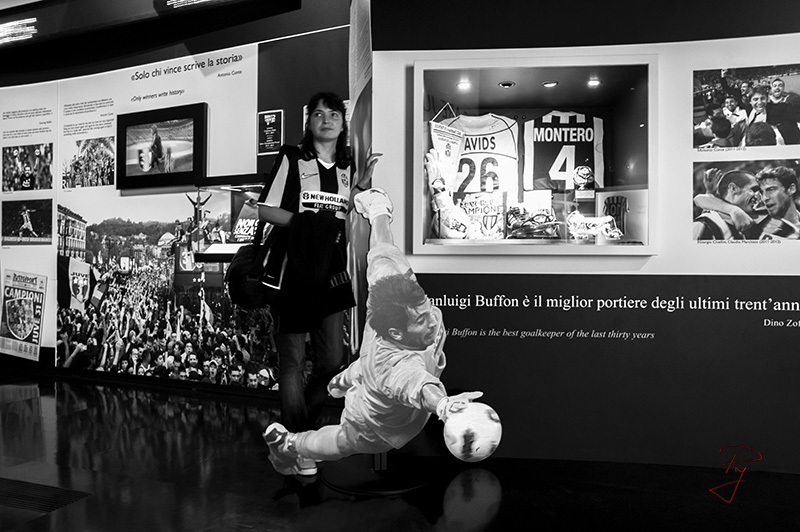
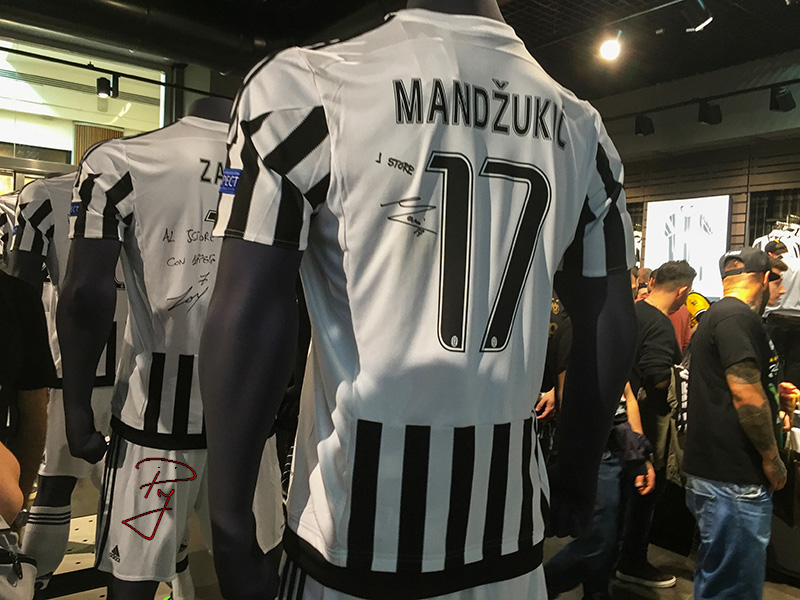
A historical Turin.
Due to its industrial nature, Turin is not on the main tourist tracks but it is a big mistake. The city has a long, interesting history and in my opinion it is simply beautiful. It has something unique that distinguishes it from other Italian cities.
Those who like to visit should go to the Piazza Castello – the heart of Turin. If we came by car, I recommend an underground car park on the street next to the Piazza San Giovanni (where the cathedra is located) - free on Sundays. It is a good place to visit "the historical Turin". We can admire the ancient gate that led to the city in ancient ages. Near the cathedra - the Duomo di San Giovanni is located (the cathedra is dedicated a separate column at the title "A spiritual Turin"). Then you go to the Piazzetta Reale, where is a royal palace once belonging to the Savoy dynasty. Next you see the Piazza Castello with the interesting Palazzo Madama building, whose back part dates back to ancient times, and the facade of the main entrance takes us to the Baroque. From the Piazza Castello, you enter the oldest and most beautiful street of Turin - Via Roma.
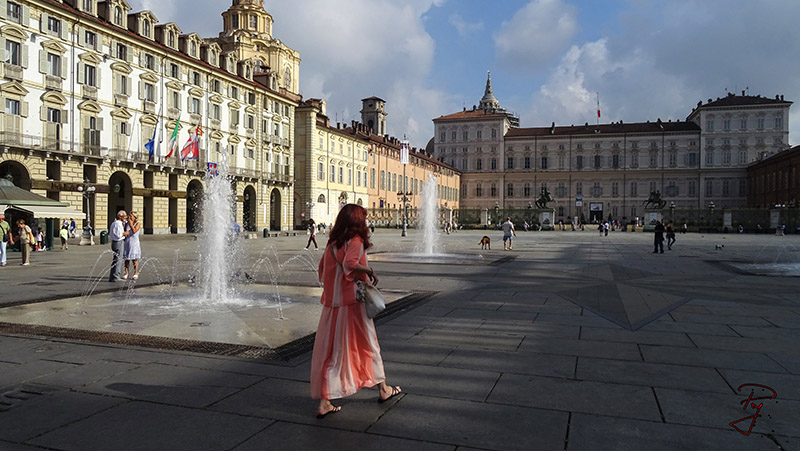
Piazza Castello, the royal palace view
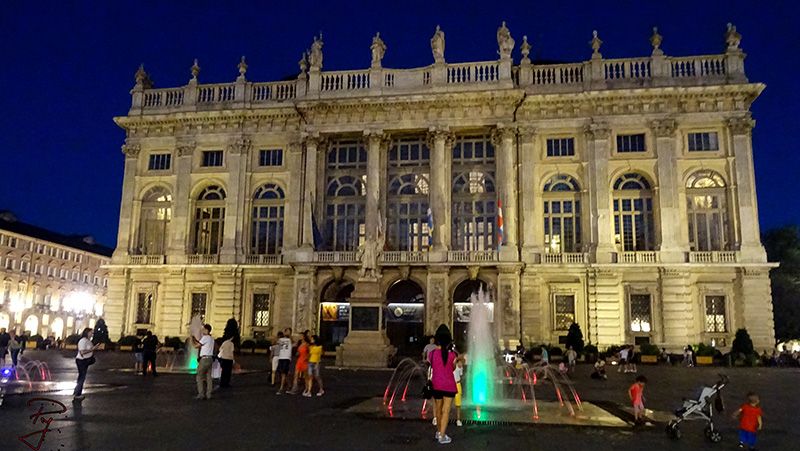
Palazzo Madama – the front view
The golden palace of the rulers of Piedmont - il Pallazzo Reale
Those who say that in Turin is poor, in comparison for example with Florence, must necessarily enter the interior of this building. The amount of gold on its walls can dazzle. Visitors can see one level of the palace, where they can appreciate, among others: a throne room, a ballroom or a dining room. Everything overawes.

on the left: staircase of the royal palace; to the right: the throne room
Apart from gold, the Savoys loved exquisite chandeliers. There are 8 of them in the ballroom (!).
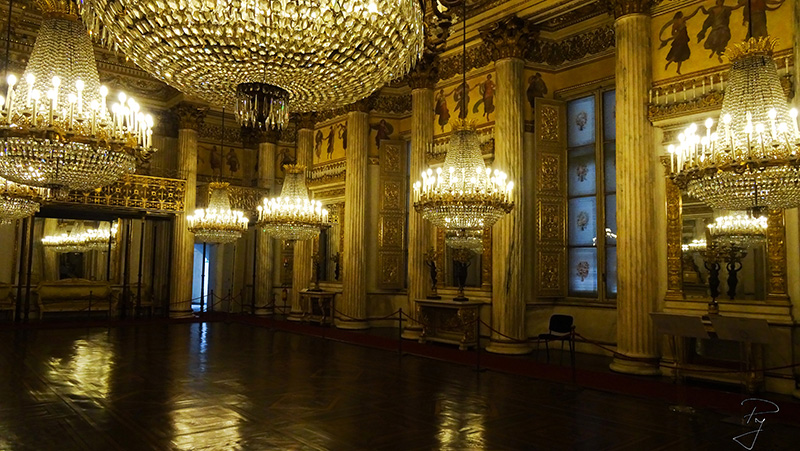
In the dining room, we are tempted to see a porcelain tableware consisting of 2.7 thousand pieces. From the palace complex you go to the Armeria Reale - the royal armoury. This is a very diverse and valuable collection of weapons of the lords of Piedmont from ancient times. At the beginning you will see an amazing view: a large hall with armour placed on the sides, most of which is placed on the backs of stuffed horses. Horses have fur and eyes (!).

Your feet start to be on fire but you can’t blow visit the Galleria Savoia off. Before entering the gallery it is worth resting for a moment in the royal gardens since a real marathon is before us. The museum is organized a little bit chaotically. It is composed of many small rooms packed with wonderful paintings. There are few places to sit. A good fit is needed for admiring the art collected by the Savoy dynasty. When you finish visiting the first floor, it turns out that there is another one where there are even more great world’s works of art by such artists as: Bosch, Rembrandt, van Dyck, Rubens, Canalletto.
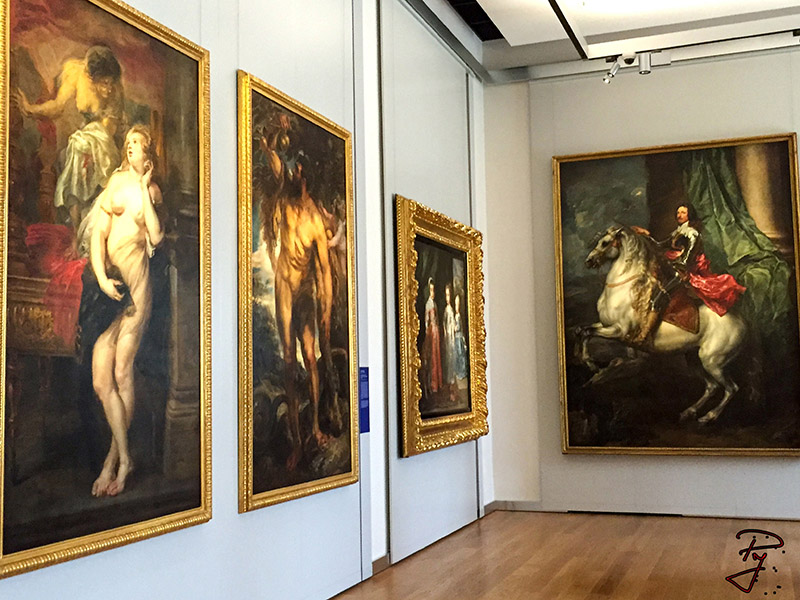
Walk through Via Roma
One of the oldest streets of Turin, in the part leading to the Piazza San Carlo, is excluded from traffic. It is a beautiful street where cool marble pavements lead under the arcades, protecting from sun and heat.

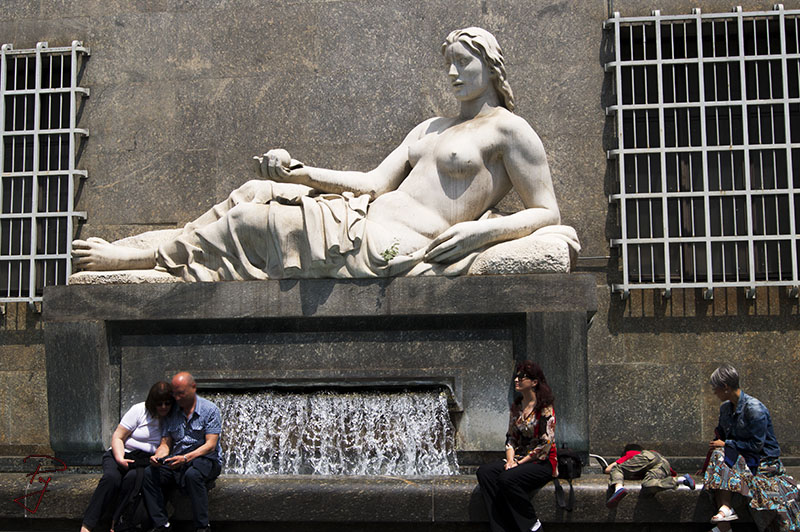
Along the arcades there are stores of well-known brands, which are only worth looking into with a more bulging wallet.
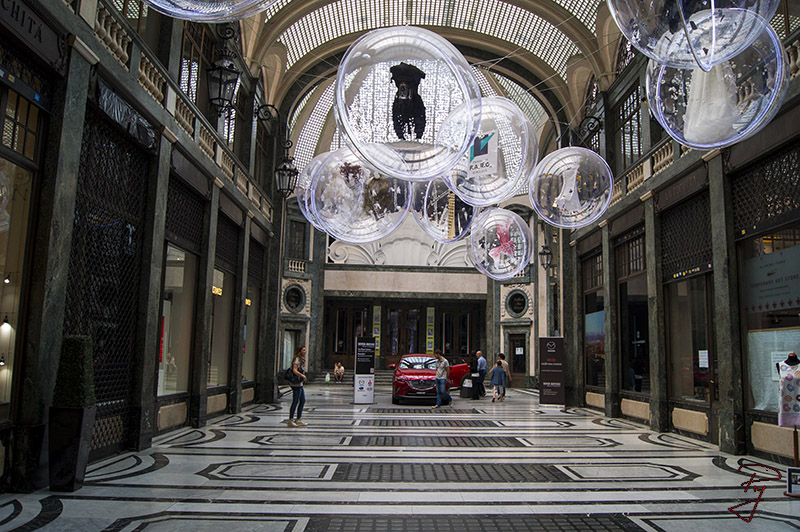
Walking Via Roma we come to San Carlo square.
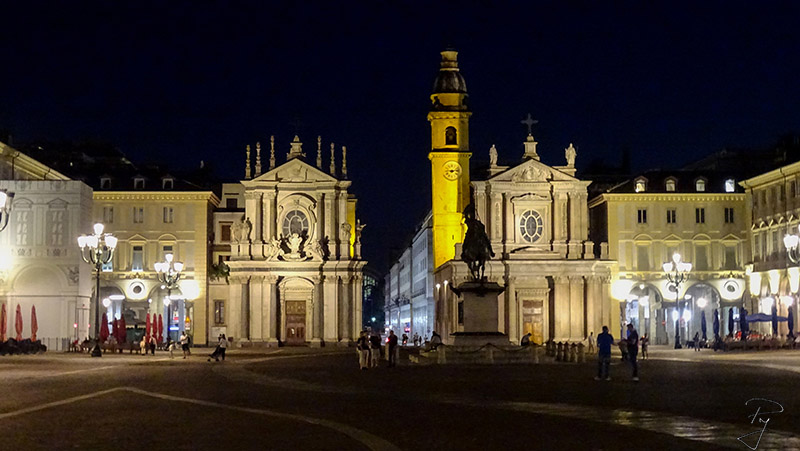
This square is the heart of Turin. Entertainment events take place here. At this place, every year, Juventus celebrates another triumph in the Serie A. Straight ahead, we see two small twin churches - a spiritual married couple: San Carlo and Santa Cristina.
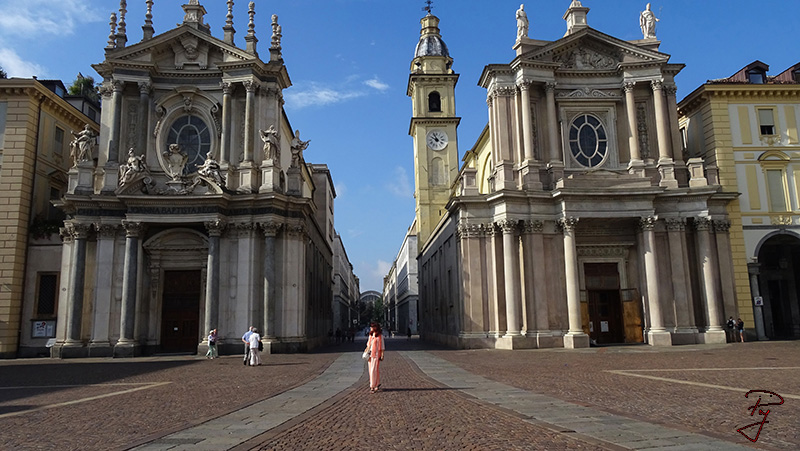
Along the sides of the square there are identical, parallel in relation to each other, palaces, in which there are now such stores as Prada or Chanel and the famous Turin cafes.
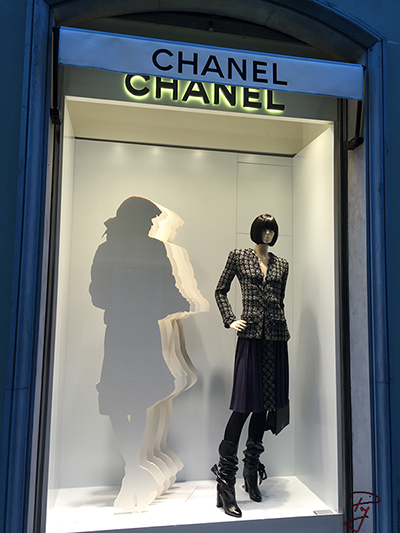
Turin’s chocolate.
The cafes in San Carlo Square and its surroundings come from the 19th century. Some of them, like Stratta, have kept their appearance from the era. The two most famous cafes are: Caffe San Carlo and Caffe Torino, competing along. I liked the second one.
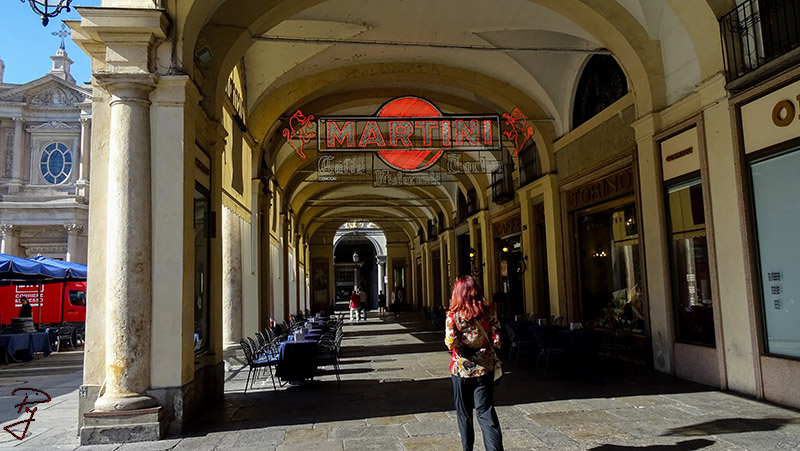
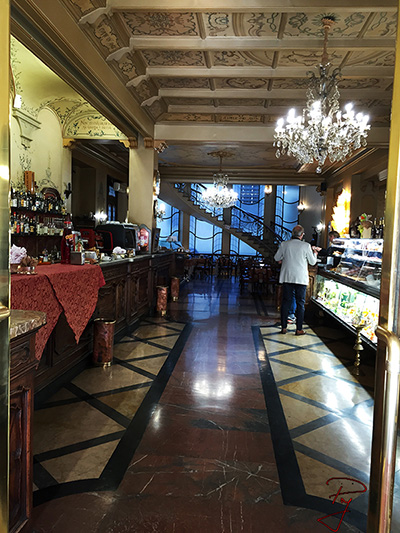
On the pavement under the arcades leading to the cafe there is a symbol of the bull (the emblem of Turin). A saying states that coming across the bull will make us return to this wonderful city. I will come back for sure.

In Turin’s cafes we may enjoy regional sweets, among which chocolate-nut – the gianduiotto reigns supreme.
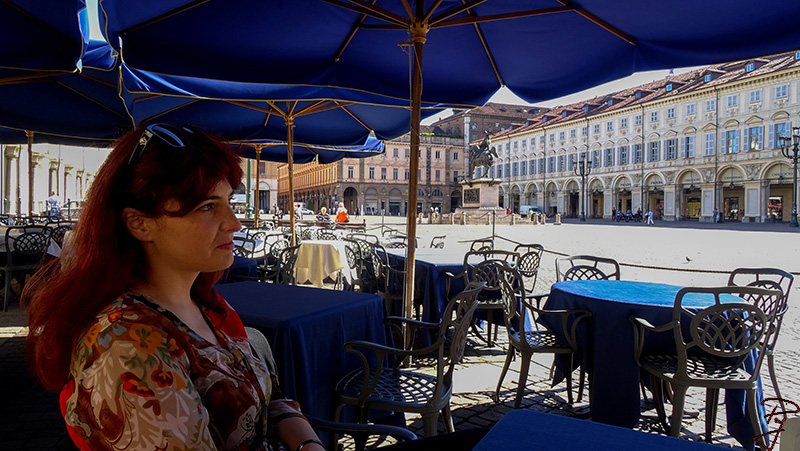
a delicious hot chocolate with San Carlo square view
In the shops in the further part street of Via Roma and on the street Corso Vittorio Emanuelle II you may buy local chocolate products. Some stores offer several dozen types of pralines and chocolates. So you can get a real nystagmus and get crazy.

Egypt in Turin.
Yes, Turin is located one of the largest museums of Egyptology, so if someone loves the art of ancient Egypt and is afraid to go to Cairo (given the hot political climate that is currently in this country), may visit Turin. The first museum exhibits came from the Savoy collection, then fortifed by Italian archaeologists: Schiaparelli and Farini. Here we can see a lot of objects of several thousand years: papyri, figurines, jewellery, dishes and, of course: mummies: human and animal.
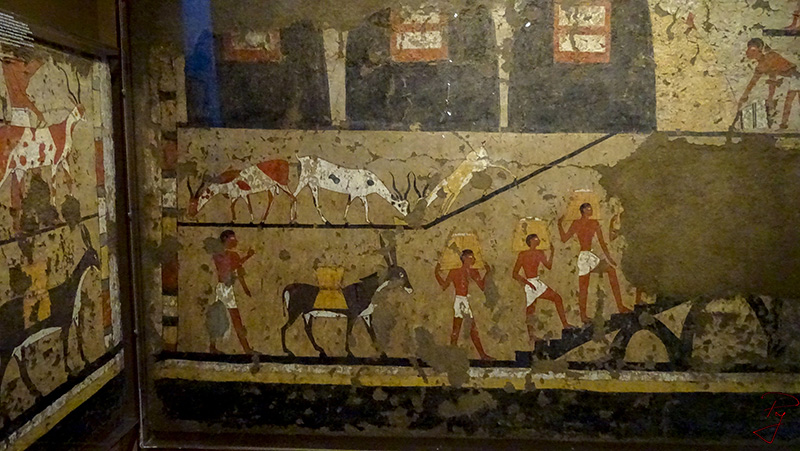


The most interesting exhibits include the complete equipment of a tomb of an architect of the necropolis in Thebes and his wife (14th century BC), in which survived furniture, tools and even food in which the couple were provided for life after life. On the lower level of the museum there is a curiosity: moved from Egypt (as the gift for help in saving monuments during the construction the dam in Aswan) - a temple from Ellesia dating back to the 15th century BC.

However, the greatest impression on me was made by the dark hall filled with sculptures of great pharaohs, including those from the Karnak Temple. We will admire here the statues of the great rulers of ancient Egypt: Ramses the 2nd, or Tuthmosis the 3rd. I've already been to this museum twice and I will be happy to visit it again.

Modern Turin.
While visiting palaces, churches, galleries and museums of antiquity, you can’t ignore the symbol of Turin – the Mole Antonelliana. This high tower is the central element of the panorama of the Piedmont’s capital. You can admire the views of the mountains surrounding Turin but the most interesting thing is inside. It is a world of magic and entertainment ... cinema magic – the Museo Nazionale del Cinema.
"The whole is extremely carefully "directed" and gives the impression of an endless spectacle, especially in moments when the curtains separating individual exhibitions are suddenly gone down. Then the visitors can admire the interior of the museum in a company of the soundtracks. After a while the curtains close and in the foreground we see photograms and film posters, generally Italian, although Polish accents are also visible: the great poster of Jerzy Skolimowski's film "La vergine" is adjoined to the much smaller "Man of Iron" (Polish: “Człowiek z żelaza”) by Andrzej Wajda. "- source: Piotr Kępiński's column “Turin’s magic” (original: "Turyńska magia") "Rzeczpospolita" 23- 24.09.2017.
A medieval castle in the city park.
In the main park of Turyn - the Parco del Valentino (founded in 1864) near the river Po there is Borgo e Rocca Medioevale (1884) - reconstruction of a medieval settlement with a castle modelled on the castle Fenis in the Valle d'Aosta. It is worth going there and just move in time. The castle can be visited, and in the settlement is possible to eat something, buy a figurine of a knight or exhibited there ecological products.

Food in Turin.
Unfortunately, we can also get hungry here. The majority of restaurants and pizzerias are closed between 3 pm. and 7 pm. You can drink wine or coffee but the kitchen is closed - as once I was informed by the waitress in a restaurant near the cathedral. I took a look and discovered Focaccieria on the Pazza Castello. Tasty focacce with various toppings - you can quench the first hunger cheaply, then drink a coffee in a cafe and eat some ice cream in a small ice cream parlour. In this way, you will might survive until 7 -7.30 pm, when the restaurants open. My favourite one is the Panperfoccacia on a small square near the cathedral and the underground car park. This restaurant offers two types of menus with dishes with and without gluten. You can eat there an exquisite meal from the regional cuisine, drink exquisite local wine and necessarily keep the place for dessert.
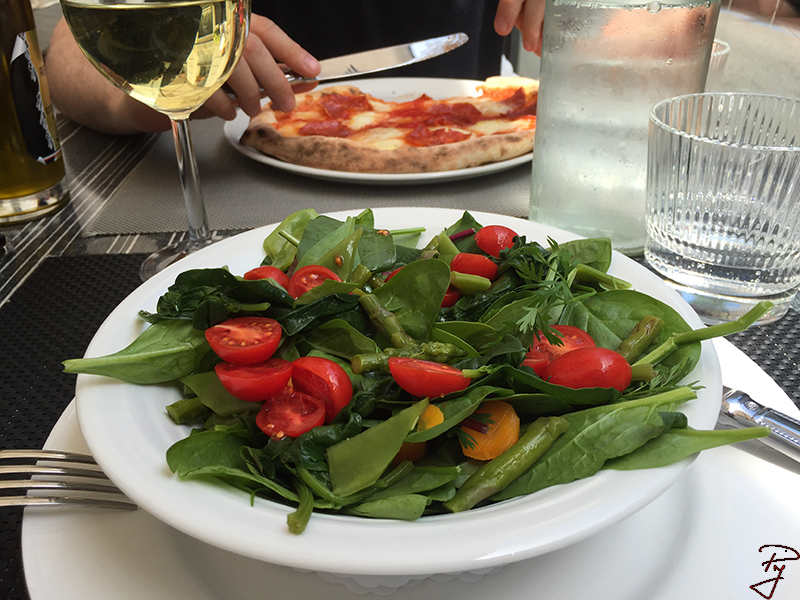
In the end, I love Turin for one more thing - the attitude towards dogs. We can enter with our pets everywhere - even to the exclusive shops on Via Roma or to the cafes. There are no chained dogs, longingly waiting for a master doing their shopping. There are a lot of four-legged-friends in Turin and the streets are clean. It means – it is possible, just it is needed the right culture of dog owners.
The second part of the Turin story will refer to sacred buildings from which the capital of Piedmont is famous, and a shroud even took its name from the name of this city. I invite you to the second part: "Spiritual Turin."
The column linked with "Piedmont - the Italian foot of the mountains":
http://jarkiewicz.eu/articles/index/index/article/piedmont-the-italian-foot-of-the-mountains
